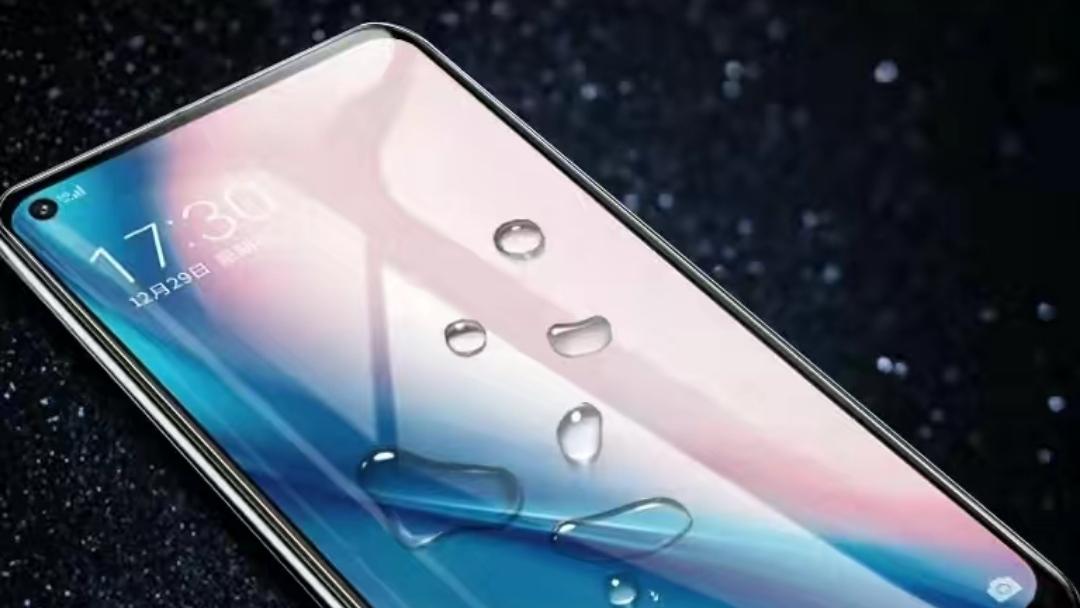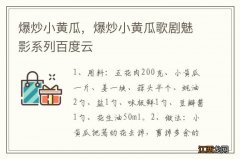埋弧焊是一种以电弧为热源,在焊接状态下进行电弧燃烧的焊接方法 。由于弧焊熔深、生产率高、机械化程度高,适用于中厚板结构的焊缝 。埋弧焊是当今焊接生产中应用最广泛的焊接方法之一 , 但只能在平焊位置进行焊接 。
Submerged arc welding is a kind of welding method which takes the arc as the heat source and carries out arc combustion in the welding state. Due to the deep penetration, high productivity and high degree of mechanization of arc welding, it is suitable for welds of medium and heavy plate structure. Submerged arc welding is one of the most widely used welding methods in welding production, but it can only be welded at the flat welding position.

埋弧焊的主要焊接参数有:焊接电流、电弧电压、焊接速度、焊丝直径和焊丝伸出长度等 。埋弧焊的焊接材料包括焊丝和焊剂,其选择应根据母材的力学性能和化学成分、坡口形式、厚度、工艺条件和结构尺寸等 。低合金钢和低碳钢可以选择与钢材强度相匹配的焊丝和焊剂,同时还应满足其他标准要求 。选用碳钢H08A、H08MnA焊丝,选用高锰高硅焊剂 , 或选用H08MnA、H10Mn2焊丝,匹配低猛无锰型焊剂 。
The main welding parameters of submerged arc welding include: welding current, arc voltage, welding speed, wire diameter and wire extension length. The welding materials for submerged arc welding include welding wire and flux, which shall be selected according to the mechanical properties and chemical composition of the base metal, groove form, thickness, process conditions and structural dimensions. Welding wire and flux matching with steel strength can be selected for low alloy steel and low carbon steel, and other standard requirements shall be met at the same time. Carbon steel H08A and H08MnA welding wires, high manganese and high silicon flux, or H08MnA and H10Mn2 welding wires, matched with low fierce manganese free flux.
低合金高强度钢应使用低合金高强度钢焊丝,在选用中猛中硅或低锰中型冶炼熔剂时也可使用烧结熔剂 。
Low alloy high strength steel welding wire shall be used for low alloy high strength steel, and sintering flux can also be used when medium fierce medium silicon or low manganese medium smelting flux is selected.

耐热钢的焊接,应选择成分与钢相似的焊接 。对于熔剂的选择,可选用低温耐热钢和耐腐蚀钢作为碱性中硅或低硅型剂,应选用高碱度合金钢或烧结结合焊等高合金钢 , 以减少合金元素的燃烧,增加更多的合金元素 。此外,还应考虑各种技术因素的影响 。
For the welding of heat-resistant steel, the welding with composition similar to that of steel shall be selected. For the selection of flux, low-temperature heat-resistant steel and corrosion-resistant steel can be selected as alkaline medium silicon or low silicon type flux, and high-alloy steel such as high alkalinity alloy steel or sintering bonding welding shall be selected to reduce the combustion of alloy elements and increase more alloy elements. In addition, the influence of various technical factors should also be considered.

焊丝的表面质量,如直径偏差、表面硬度、曲率均匀性等,都会影响焊接过程的稳定性和焊接质量 。因此,加载前应检查焊丝,并消除折弯 。使用前应干燥,焊剂粒度影响透气性,对焊缝成形和内部质量有一定影响 。在焊剂尺寸不变的情况下,如果增加焊接电流,电弧会不稳定 , 焊缝表面和边缘会不平整 , 电流越大,焊剂粒度应越大 。
The surface quality of welding wire, such as diameter deviation, surface hardness and curvature uniformity, will affect the stability and quality of welding process. Therefore, the welding wire shall be checked and the bending shall be eliminated before loading. Dry before use. The particle size of flux affects the air permeability and has a certain impact on the weld formation and internal quality. When the flux size remains unchanged, if the welding current is increased, the arc will be unstable and the weld surface and edge will be uneven. The larger the current is, the larger the flux particle size should be.
焊接速度对熔宽和熔深有影响 。在其他条件不变的情况下,焊接速度随着焊缝接速度的增加而显著减小 。电弧向后倾角的增大有利于熔池金属的流动 , 因此深度略有增加 。
The welding speed has an effect on the width and depth of penetration. When other conditions remain unchanged, the welding speed decreases significantly with the increase of welding speed. The increase of arc backward angle is conducive to the metal flow in the molten pool, so the depth increases slightly.
【埋弧焊在操作过程中有哪些注意事项?】













